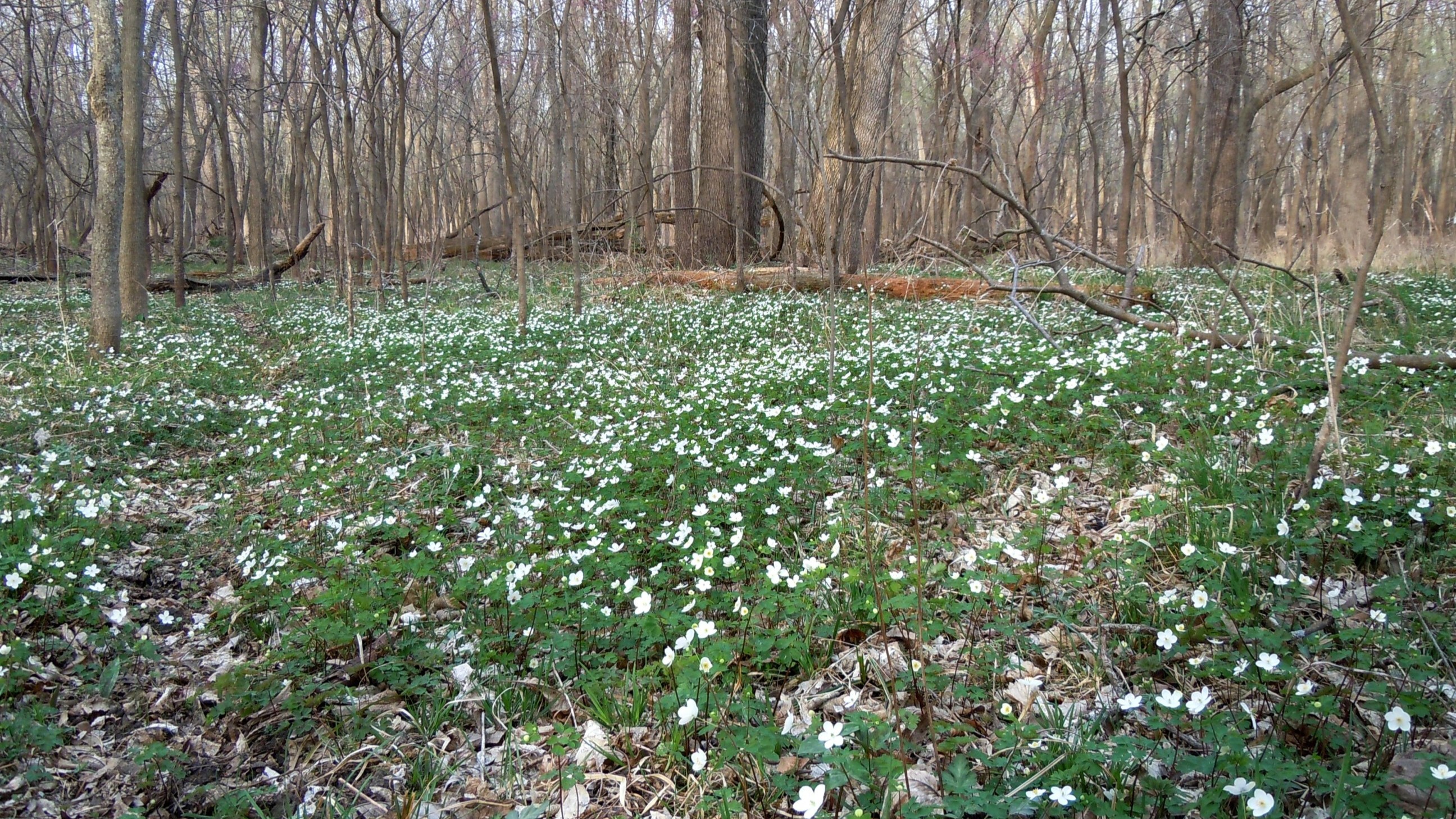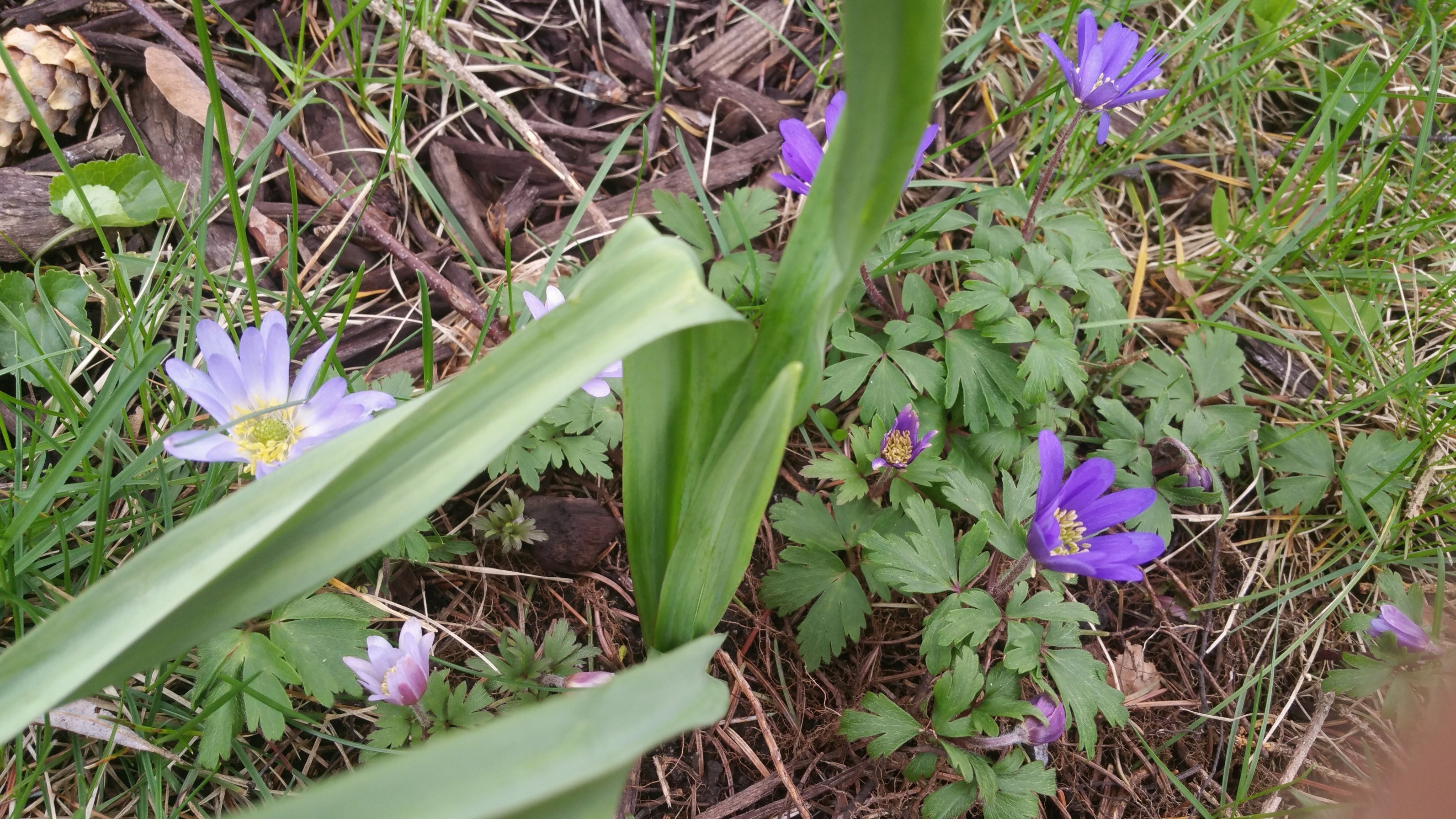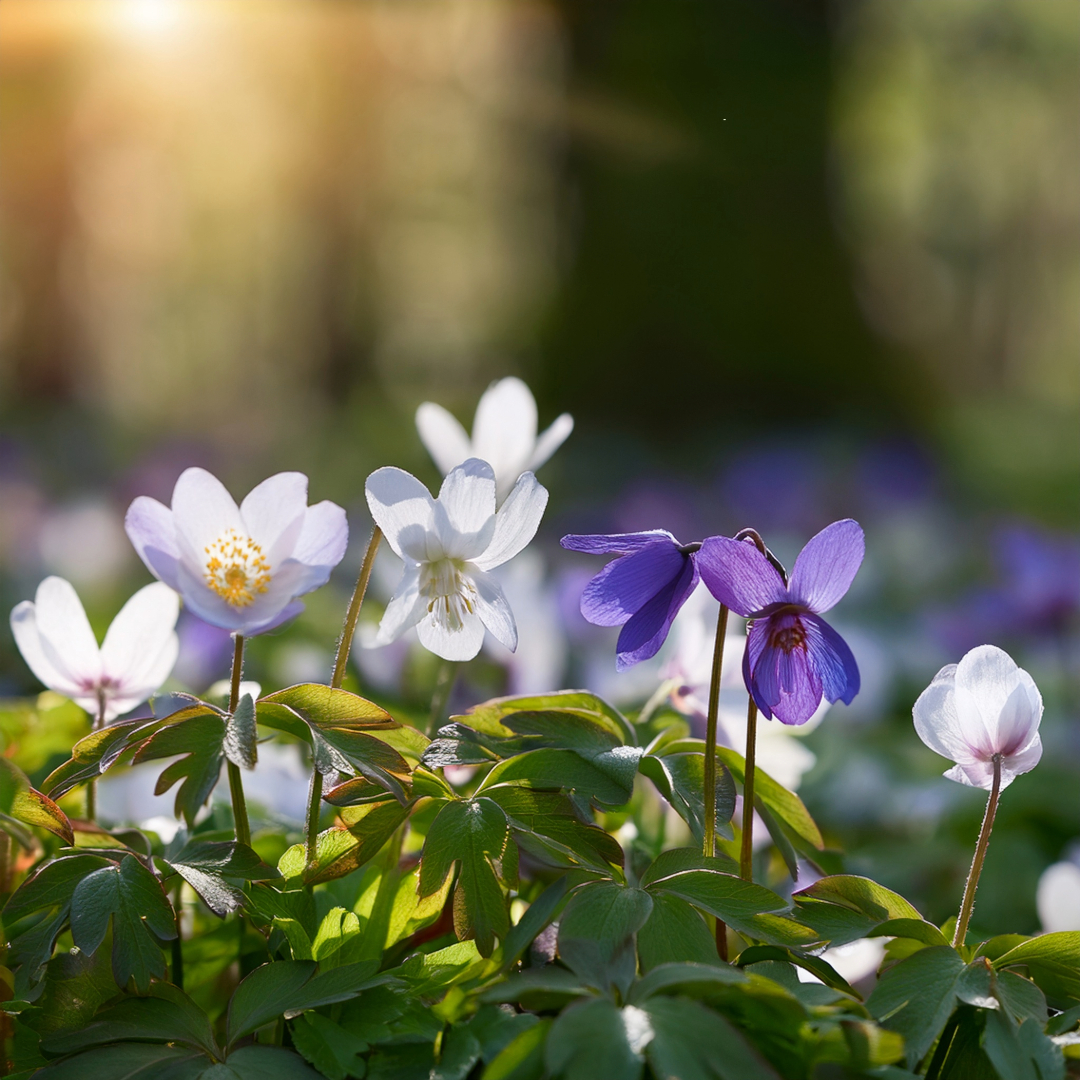
Spring is in full bloom across London’s woodlands and meadows, but can you tell your violets apart? From the sweet violet’s delicate fragrance to the wind anemone’s fleeting beauty, April’s wildflowers offer a dazzling—and deceptive—display of colour. Venture along the North Downs or through Richmond Park to spot rare marsh violets, or discover ghostly white anemones in Morden’s hidden corners. But beware—nature’s palette is full of surprises, and even experts can be fooled!
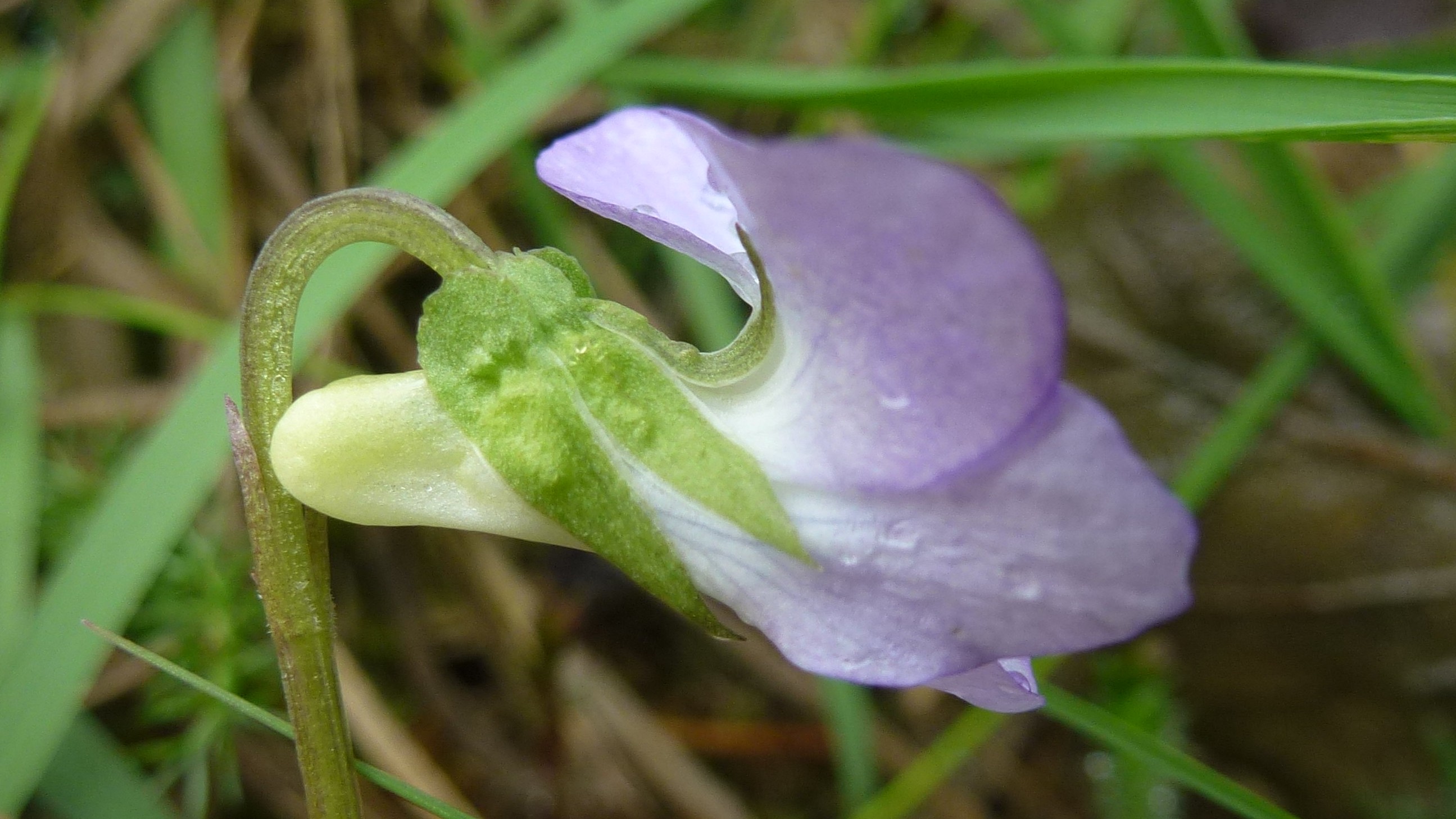

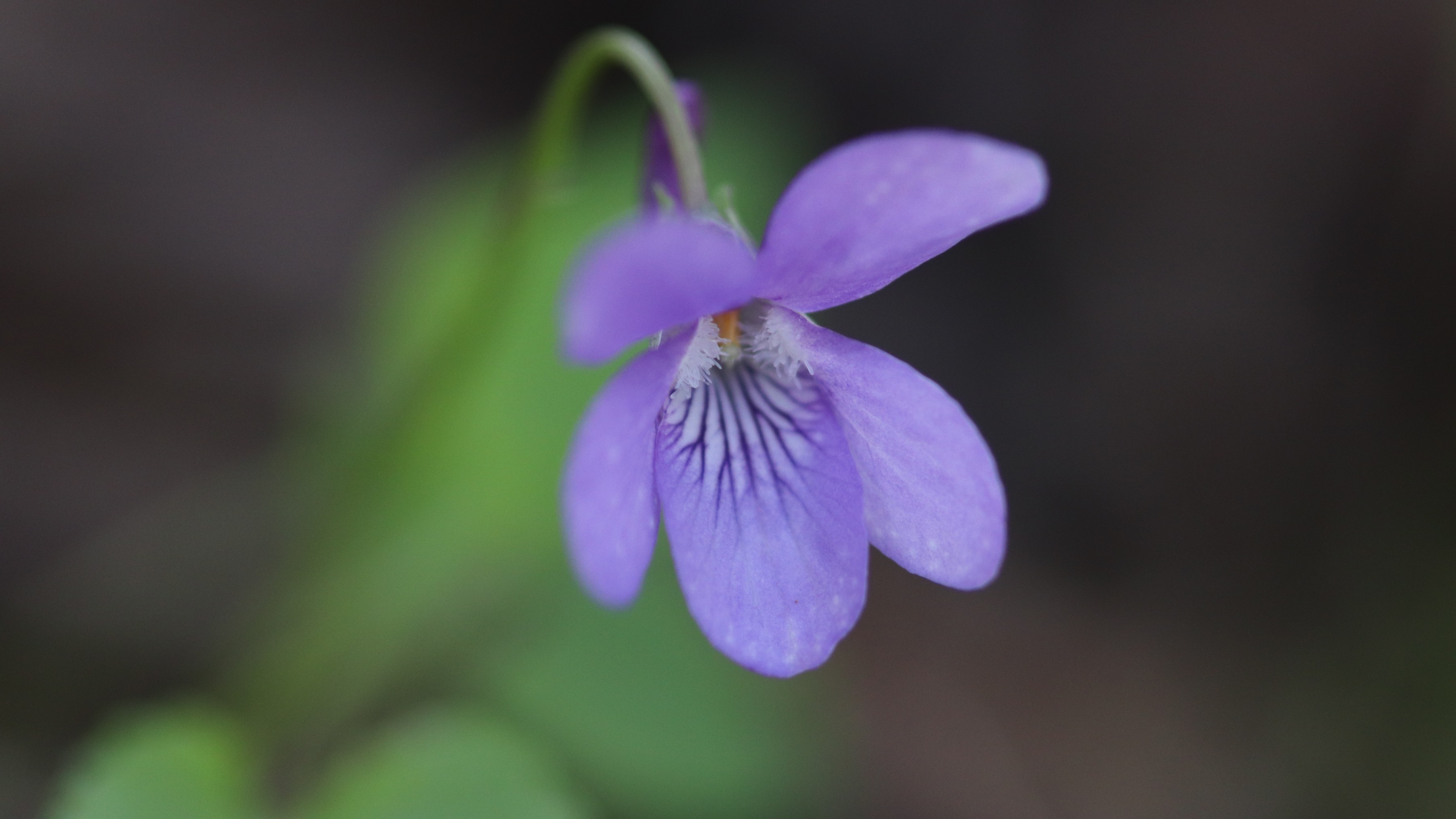

William Robinson, the famous Irish Victorian gardener who championed the use of wild flowers in gardens, recorded a pale blue form A. nemorosa var robinsoniana which now seems to be lost in the wild.
